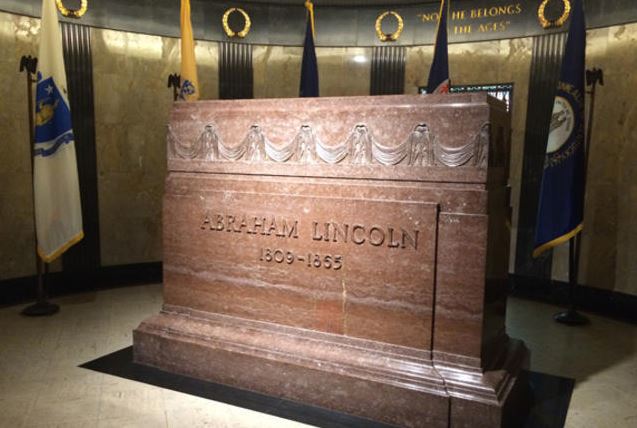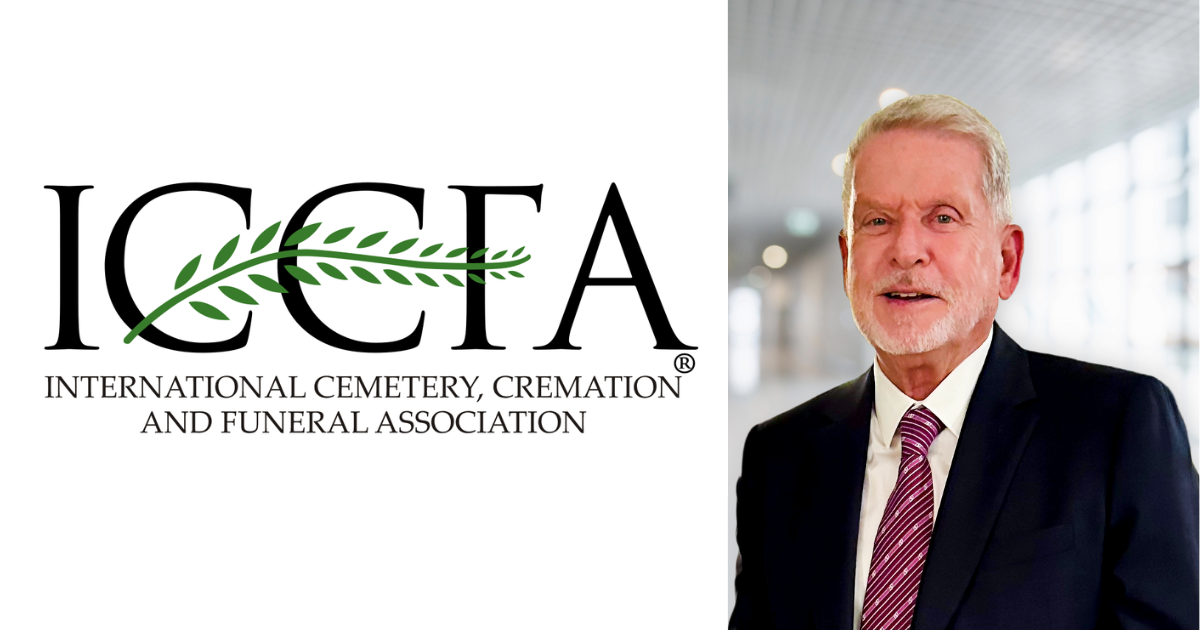10 Graves That Are Remarkably Secure
Article originally appeared on Mental Floss
People go to great lengths to keep their deceased loved ones safe and secure. There are locked mausoleums, indoor burials, and stone walls with thick gates that only caretakers can access. And then there are the people who dump several tons of concrete into the grave and call it secure.
Here are 10 graves that are remarkably secure. Alternatively, here are 10 zombies that we’ll never have to worry about.
1. GEORGE PULLMAN
Thanks to job cuts, wage cuts, and working his employees to the bone in general, Chicago railroad industrialist George Pullman was not a popular man. When he died of a heart attack in 1897, his family was concerned that angry ex-employees would take vengeance. To protect Pullman, his heirs buried him in a pit that was eight feet deep and lined with steel-reinforced concrete. As a finishing touch, the casket was covered in asphalt, concrete, and steel.
2. ABRAHAM LINCOLN

A decade after Lincoln was assassinated by John Wilkes Booth, a Chicago crime boss organized a team and attempted to steal his body for ransom while his tomb was under construction in Springfield, Illinois. They were thwarted by undercover Secret Service agents, but it was enough of a scare that surviving son Robert Todd Lincoln took drastic measures to ensure that his family would never be disturbed again. He shelled out $700 to have the coffin placed inside a steel cage and encased it in concrete, a move borrowed from his former boss, George Pullman.
3. LEVI LEITER
As the co-founder of Marshall Field’s department store, Levi Leiter sold his half of the business to fellow co-founder, the eponymous Marshall Field. This made Leiter a very, very rich man. In 1876, he became worried about what would happen to his remains after he died, after the corpse of a fellow retail entrepreneur, Alexander Turney Stewart, was dug up and held for a $250,000 ransom. By the time Stewart’s widow paid up a portion of the cash ($20,000, reportedly), two years had passed and there was no guarantee that the bones she received were actually her husband’s. Vowing to prevent such a thing from happening to his family, Leiter gave specific instructions, asking that his casket be encased in a cage-like grid of steel beams, then covered in concrete upon his burial in Washington, D.C.
When it was reported that grave robbers were plotting to break into the grave three months after the funeral, extra security was hired, but the graveyard’s superintendent knew his remains weren’t going anywhere, and they haven’t.
4. EVA PERON
Although she died in 1952, Eva Peron’s body continued to travel for a good 20 years. In 1955, military officers stole her remains when they overthrew the Peronist government. Her body was hidden in Milan, and then eventually transferred to Spain to the estate where Juan Peron was living in exile. Her remains were finally returned to Argentina in 1974. The Argentine government took extreme measures to stop another theft from happening, and her tomb in Buenos Aires’ Reloceta cemetery was designed by a bank vault manufacturer. Her body is buried twenty feet underground and her sister was given the tomb’s only key.
5. CHARLIE CHAPLIN

On March 2, 1978, a few months after his death, Charlie Chaplin’s body disappeared from his grave in Corsier-sur-Vevey, Switzerland. Shortly thereafter, his widow received a call demanding $600,000 for the return of her husband’s corpse. Police launched an investigation and captured the two men responsible. They also found Chaplin’s body, which was buried in a field. To ensure this never happened again, Chaplin’s reburial included a vault made of reinforced concrete. “You would need a pneumatic drill to open that vault,” the village gravedigger later said. “And that is bound to make a lot of noise.”
6. JOHN DILLINGER

Stacy Conradt
The answer to why Public Enemy Number One was buried underneath a three foot sheet of concrete in an Indianapolis cemetery depends on the person you ask. The standard story is that Dillinger was killed in a 1934 Chicago sting and his father ordered the concrete blanket to prevent grave robbery. Dillinger Sr. had received offers from unscrupulous businessmen who wanted to display his son’s body for profit.
On the other hand, those who believe that the man killed outside that Chicago theater was a decoy think that the extreme burial was intended to keep anyone from discovering the corpse’s true identity.
7. H.H. HOLMES
If you’ve read The Devil in the White City, you know that notorious serial killer H.H. Holmes did unspeakable things to the many victims he lured to his hotel near the site of the World’s Columbian Exposition in Chicago, both before and after their deaths. But after he was executed for his crimes in 1896, Holmes wanted to make sure that his corpse remained untouched. He left specific orders for his burial to include a concrete-filled coffin. Any would-be grave robbers are going to have their work cut out for them in more ways than one, however: Holmes is buried in an unmarked grave near Philadelphia.
8. RONNIE VAN ZANT
After Lynyrd Skynyrd’s lead singer was killed in a plane crash in 1977, he was buried in a mausoleum in Orange Park, Florida. He rested there peacefully for 23 years, until a vandal broke into his tomb and the tomb of fellow bandmates Steve and Cassie Gaines. To protect Van Zant from future attempts, his family had him relocated to a cemetery in Jacksonville and buried in a concrete vault.
9. NED KELLY
Australian bushranger Ned Kelly’s last wish was ignored. Though he wanted to be buried with his family, his remains were thrown into a mass grave at the Old Melbourne Gaol after his execution in 1880. It wasn’t until 2011 that Kelly finally got his wish: Most of his skeleton was exhumed from the pit at the Gaol and given to his descendants, who buried Kelly in the family plot. To ensure that no one disturbed him again, his family had the grave surrounded by concrete. Unfortunately, it’s only a partial skeleton: His skull is still missing.
10. LEON CZOLGOSZ
There is likely no hope of exhuming the body of anarchist Leon Czolgosz, the man who assassinated William McKinley. Though it’s rumored that his unmarked grave was encased in cement, it hardly seems necessary—there’s not much there. To deter Czolgosz supporters from making him a martyr, acid was poured into his coffin. It was estimated that his body would be completely liquefied 12 hours after the burial.




